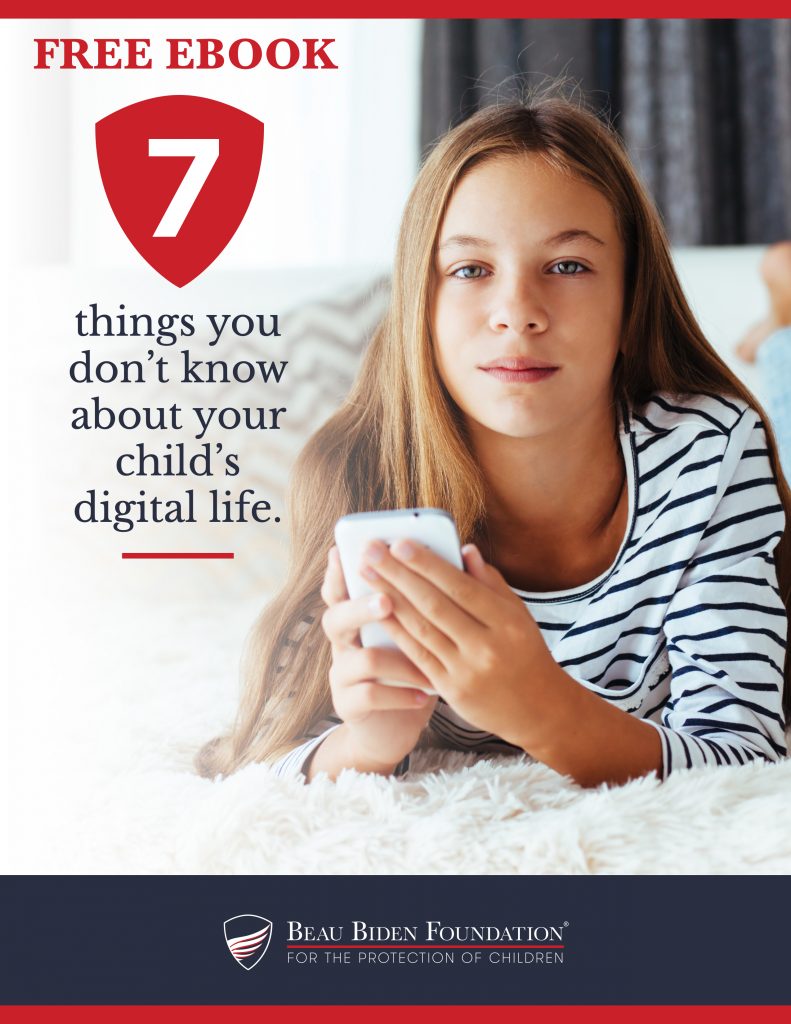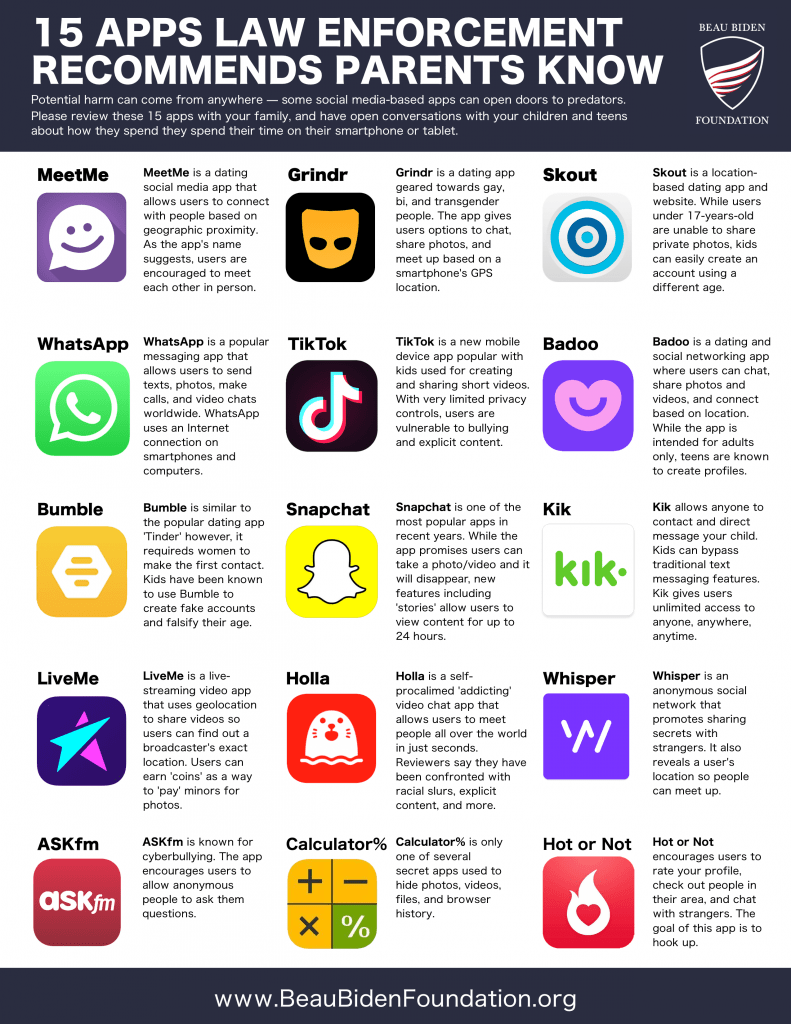Let’s get something out of the way quickly – chances are pretty good your child has some type of social media profile you don’t know about. It could be a second Instagram (a “Finsta”) or Twitter account. It could be an iPhoto® album they only share with a small group of friends. If you’re not regularly checking your child’s phone, it could be a platform they use that you didn’t even know about.
This makes sense if you think about it. In an age where likes, hearts, and retweets are the currency of popularity, your child scrutinizes almost every piece of content for its perceived value to their followers. Ever wonder why your daughter takes eleven different selfies, then spends 10 minutes editing the best of the bunch before sharing it?
But children still want to share who they really are – warts and all – with their closest friends. Maybe they want to try on different personalities as they settle into who they truly are. Maybe they’re trying to hide something, but more than likely they’re simply trying to share who they really are with those closest to them.
Thus, there are profiles or accounts they closely guard. The Today Show recently looked into Finsta accounts, and their conclusion hit the nail on the head:
Ultimately, using Finsta is a way for teens to manage their own personal PR campaign. And they are pretty savvy at it. They can control the picture-perfect profile they show on real Instagram while sharing their “this-is- the-real-me” personality on Finsta.
There’s nothing inherently wrong with your child shrinking their social network, so to speak, and limiting some of their digital life to a smaller group of friends. Where things can turn for the worse is when those profiles are meant to hide things from you. So, what do you do?
If you’re already checking your child’s phone regularly, and have approved the apps they’ve installed and the platforms they use, double-check to make sure they don’t have additional accounts they can log into, or that apps aren’t hidden in folders. You can click here to read about 15 apps law enforcement recommends you should know about. Calculator% (and it’s knockoffs) is fairly common.
Take a look at your child’s push notifications. If you notice a notification for an account or username you don’t recognize, ask them about it.
Here’s another question we get all the time: What do I do if I suspect my child has a second phone?
Second phones are usually used to conceal something (a relationship) or circumvent something (your rules or your monitoring of their communications). Bluntly: this is a problem. If your child no longer protests too much when you take their device, they probably have a burner phone. If you notice an increase in WiFi usage, even when you’ve confiscated your kid’s phone, they might have a burner.

Seven Things You Don’t Know About Your Child’s Digital Life
Please click here to download our informative and FREE ebook.


